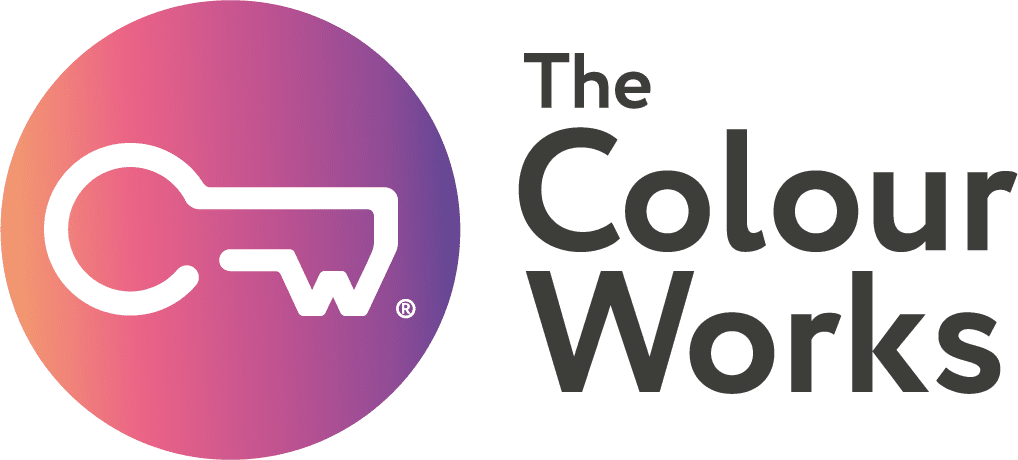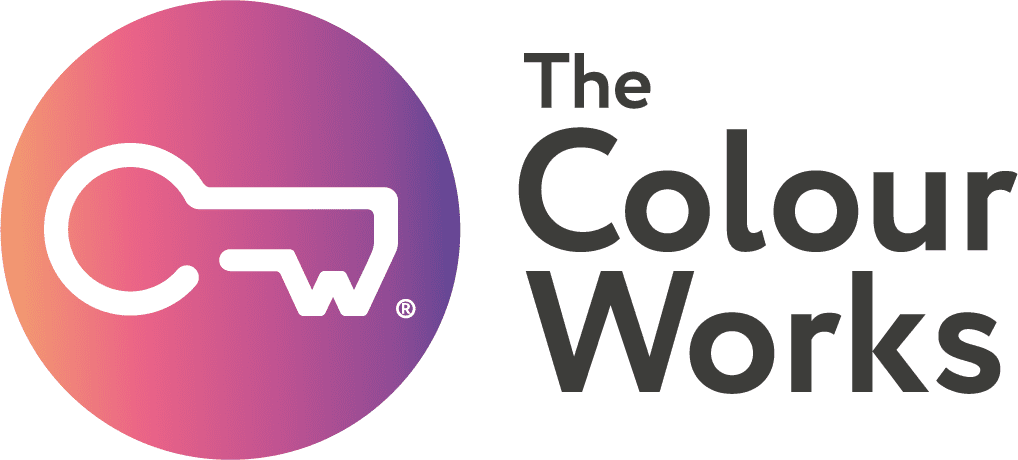Some of us are extremely lucky to be able to say that we love what we do,
but we all know someone with whom the following quote might resonate all too deeply:
“The way we’re working isn’t working. Even if you’re lucky enough to have a job, you’re probably not very excited to get to the office in the morning, you don’t feel much appreciated while you’re there, you find it difficult to get your most important work accomplished, amid all the distractions, and you don’t believe that what you’re doing makes much of a difference anyway. By the time you get home, you’re pretty much running on empty, and yet still answering emails until you fall asleep. Increasingly, this experience is common not just to middle managers, but also to top executives.”
Tony Schwartz and Christine Porath, 2014
There it is. What some of us might be saying, but aren’t doing anything about. Do you feel continuously pulled in every direction? It’s not unusual to feel unable to devote yourself fully to one task at a time, and even feel stretched between family and work, like you’re not doing either justice. We’re tired. We’re working harder than ever – demand for our time is increasingly exceeding our capacity – and yet there is both an engagement and productivity deficit.
The UK fell to ninth for engagement levels amongst the world’s twelfth largest economies as ranked by GDP (Kenexa 2009). Around the world, across 142 countries, the proportion of employees who feel engaged at work is just 13 percent. Some of us are in love with our jobs, but for those not so fortunate, in short, work can be a depleting, dispiriting experience, and in some obvious ways, it’s getting worse.
The rise of digital technology is undoubtedly the biggest influence. Much has been made of the virtues of multi-tasking and with smart technology becoming ever smarter and ever more demanding it’s all too easy to end up keeping tabs on way too many time-consuming, stress-inducing issues at once.
Tony Schwartz and Christine Porath partnered with the Harvard Business Review last year to discover what influences people’s engagement and productivity. They surveyed more than 12,000 mostly white-collar employees across a broad range of companies and industries, and the results were remarkably similar across the board.
Findings demonstrated that employees are vastly more satisfied and productive when four of their core needs are met; physical (opportunity to renew and recharge); emotional (feeling appreciated); mental (opportunity and space to apply themselves); and spiritual (by feeling connected and doing what they enjoy). Leaders who meet these needs are more likely to see positivity, engagement and loyalty from their employees. The more needs met, the more positive the impact.
The way we feel at work influences our performance. But then we knew that. What the study above tells us is just how much of an impact can be made, and here’s how:
The Physical – Refresh and renew (find an article on mindfulness here)
The low-down:
“Employees who take a break every 90 minutes report a 30 percent higher level of focus than those who take no breaks or just one during the day.” (Tony Schwartz and Christine Porath, 2014).
Opportunity to refresh at work also promotes creative thinking and a higher level of health and general well-being.
- As a leader, suggest and enforce breaks – be it 10 minutes outside or a cup of tea to break the day up, it will be gratefully received, and will earn respect.
The Emotional – Value (find an article on meaningfulness here)
The low-down:
“Employees who say they have more supportive supervisors are 1.3 times as likely to stay with the organization and are 67 percent more engaged.” (Tony Schwartz and Christine Porath, 2014).
- Actively appreciate what your employees, on an individual level, bring to the table.
- Engage on a personal level – what DID they do at the weekend? Who are they? The most successful leaders know their employees inside out, and understanding who someone truly is involves getting to know who they are outside of the office.
The Mental – Focus
The low-down:
“Only 20 percent of respondents said they were actually able to focus on one task at a time at work, but those who could were 50 percent more engaged. Similarly, only one-third of respondents said they were able to effectively prioritize their tasks, but those who did were 1.6 times better able to focus on one thing at a time.” (Tony Schwartz and Christine Porath, 2014).
- Suggest and implement allocated time to plan and prioritise
– Monthly plans are more effective than day to day
– Set mini-goals and monitor progress - Set boundaries around when employees are expected to respond to emails and how long the response time should be.
- Ask your employees about their preferred working pattern – if they feel they’d be more productive working from home twice a week, trial it.
The Spiritual – Purpose
The low-down:
“Employees who derive meaning and significance from their work were more than three times as likely to stay with their organizations — the highest single impact of any variable in our survey. These employees also reported 1.7 times higher job satisfaction and they were 1.4 times more engaged at work.” (Tony Schwartz and Christine Porath, 2014).
- Openly discuss on a one-to-one level what it is that your employee values and enjoys most about their job. Enable them to do more of it!
- Ask them if there’s anything they’d like help with, or would like to learn about. Find out what sparks their interest.
Senior leaders KNOW that valued, focused and purposeful employees perform at a higher standard. So why aren’t they investing in creating them? The relentless stress of increased demand must be addressed.
“The forces of habit and inertia remain powerful obstacles to better meeting employee needs”, say Schwartz and Porath. Partly, the challenge for employers is trust. Another study by the pair found employees who can implement flexibility around where and when they work have a far higher engagement level. Unfortunately, the fear of leaders that employees require constant oversight feeds the distrust of their employees and diminishes their engagement.







